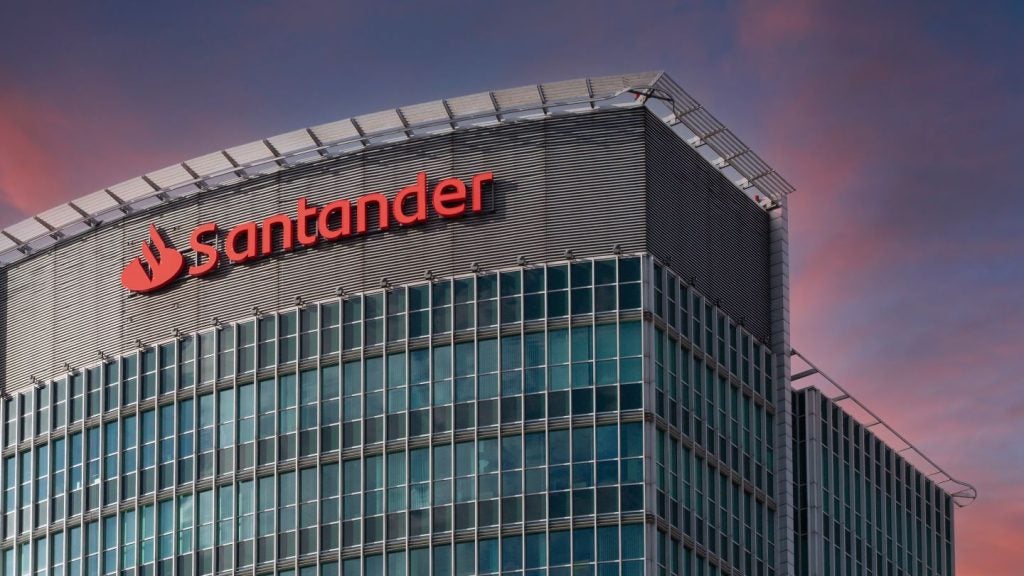A number of small US credit unions and community banks
have pooled marketing and promotional resources in an effort to
take on larger rivals. Charles
Davis discovers that participants in the programme, run by a
company called BancVue, collectively have the fourth-largest branch
network in the US
Circling their wagons by teaming together to battle the
megabanks, US credit unions and community banks are getting behind
a communal branding scheme aimed at leveling the playing field a
bit.
Financial services provider BancVue devised the communal brand,
the memorable if meaningless Kasasa, by getting an increasing
number of its 600 financial institution partners to agree to put
their marketing budgets for retail checking, savings and other
accounts into one collective pile and pay BancVue to handle all of
the marketing at the national level.
The result: a national network of small
institutions spending $60 million on marketing in tandem – rather
than thousands of dollars individually – a slick, national product
set. This ‘together we are stronger’ mentality is illustrated by
another fact: the retail network of branches represented by BancVue
customers is only topped by the three largest megabanks.
“Despite this huge marketing budget and truly
megabank-sized network, community financial institutions are not
capturing the consumer’s attention because each has been promoting
its individual brand of current account,” said Gabe Krajicek, CEO
of BancVue.
“Kasasa is a unified message consumers want to
hear – great banking products and great customer service –
delivered with such scale, creativity and clarity it captures
consumer’s attention.”

US Tariffs are shifting - will you react or anticipate?
Don’t let policy changes catch you off guard. Stay proactive with real-time data and expert analysis.
By GlobalDataBancVue conducted months of research and
concluded that community bank and credit union customers said they
loved the personal service but felt they were sacrificing product
choice, while customers of the big banks said they would rather
bank with smaller and more personal institutions but did not want
to sacrifice on product innovation.
Banks pay BancVue a fee to set up, manage and
market the Kasasa line of products, then use the savings to offer
higher-than-average rates on the accounts. The account comes with
no minimum balance, free online bill pay and reimbursement of ATM
fees, up to about $30 per month, as long as customers make a
minimum amount of debit card purchases per month, have at least one
automatic bill payment or direct-deposit transfer and receive bank
statements online.
Participating institutions can couple the
current account product with one of the other Kasasa offerings:
Kasasa Saver, a high-interest savings account; Kasasa Giving, a
component of the checking account that directs a portion of the
interest earned as well as a cut of debit purchases of $10 or more
to a charity; and Kasasa Tunes, where users can earn up to 10 free
iTunes downloads a month.
BancVue creates and executes a comprehensive,
integrated and entirely localised marketing plan for each financial
institution. The custom marketing plans reflect the financial
institution's specific objectives branch by branch, as
well as an understanding of its specific community involvement,
grassroots events, and media landscape, all topped with detailed
consumer data county-by-county.
Banks in the Kasasa programme can also share
marketing costs more specifically with other participating banks.
Bank of Little Rock, in Arkansas, for example, has teamed up with
First Arkansas Bank & Trust to jointly market Kasasa in the
state of Arkansas.
Growth rates of 150%
In just a few months of offering
Kasasa, participating community financial institutions are
reporting growth rates upwards of 150 percent on new accounts and
372 percent on deposits at those institutions that were focused on
deposit growth.
The full programme is now beginning in earnest
as Kasasa seeks to add partners – BancVue hopes to bring 2,000
community financial institutions onboard.
Coleman Clougherty, president and CEO of
Farmers Citizens Bank, a small bank in the state of Ohio, could
hardly restrain his enthusiasm for Kasasa.
“We are into it less than a month and we feel
like it is overwhelmingly awesome,” Clougherty said. “We have
opened more than 400 Kasasa accounts, and this is at a bank that
has in the neighbourhood of 5,500-6,000 accounts total. I am simply
amazed.”
Clougherty said that not only is Kasasa
driving new business to the bank, it is attracting the very
customers he most desires: young, technologically self-sufficient
and unafraid of doing most of their banking online.
“These are exactly the customers we wanted and
were so afraid of not getting,” he added. “They are the children of
our existing customer base, and they are going to inherit their
parents’ money.”
Self-sufficient customers are the future for
community banks, Clougherty said.
“If you have a Kasasa customer who is looking
at their bank statement online, that costs us less than a dollar a
year, versus $27-$30 dollars a year for paper statements,” he said.
“Multiply that across all the things that Kasasa automates and you
are building a customer base that is much more efficient.”
Rewarding efficient
behaviour
Kasasa rewards efficient behaviour.
Consumers earn benefits when they meet fee-boosting, cost-saving
monthly qualifications each month, such as using their debit cards,
accepting e-statements, and making electronic transactions. Kasasa
customers also generate far more interchange income for
participating banks because they use debit cards, on average, for
far more of their purchases.
That efficiency, coupled with the sort of
high-density ad repetition smaller institutions have been unable to
afford in the past, allows a bank like Farmers Citizens Bank to
“level the playing field a bit”, Clougherty said.
“We are in a pretty rural section of Ohio, and
yet our primary competitor is JPMorgan Chase, and we have a handful
of super-regionals as well, Huntington and National City, so Kasasa
allows us to position ourselves as a viable alternative.”







